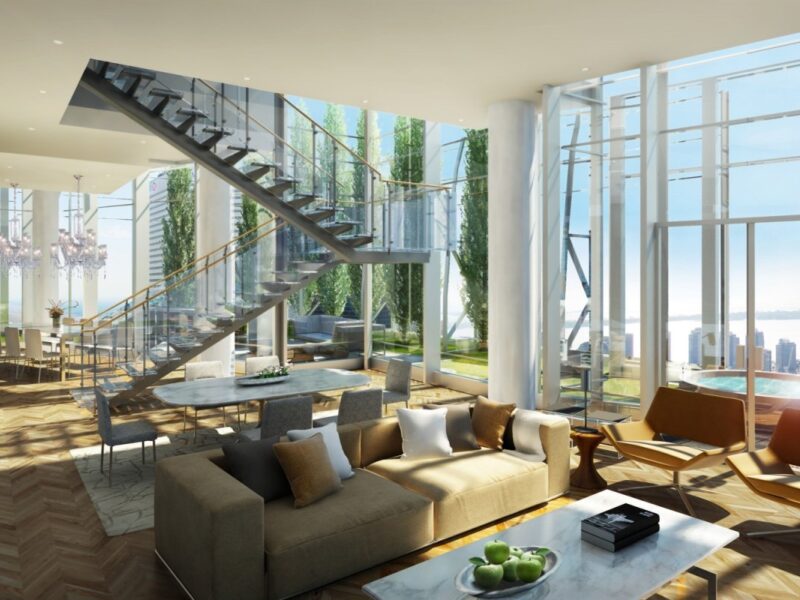
Where Form Meets Function: The Craftsmanship of Interior Architects
In the world of design, the seamless integration of aesthetics and functionality is a hallmark of great craftsmanship. Interior architects are the master craftsmen and craftswomen of the design realm, skillfully blending form and function to create stunning and practical interior spaces. Their expertise goes beyond simply decorating rooms; they possess a deep understanding of architecture, spatial planning, and user experience, ensuring that every element serves a purpose while also enhancing the overall beauty of the space. In this article, we will explore the craftsmanship of interior architects and how they skillfully navigate the delicate balance between form and function.
Understanding the User Experience: Interior architects are storytellers of space. They begin each project by immersing themselves in the lives and needs of the people who will occupy the space. By understanding the user experience, they can design interiors that resonate with the occupants on an emotional level, creating spaces that not only look visually appealing but also feel comfortable and functional.
Spatial Planning and Flow: Creating a cohesive and efficient layout is a crucial aspect of interior architecture. The placement of walls, furniture, and fixtures is carefully considered to optimize the flow of movement within a space. Whether it’s a residential home, a corporate office, or a hospitality establishment, interior architects meticulously plan the arrangement of elements to enhance usability and functionality.
Maximizing Space and Storage: In today’s fast-paced world, space is a valuable commodity. Interior architects are adept at maximizing every inch of available space. They cleverly integrate storage solutions, built-ins, and multi-functional furniture to ensure that the interior is both beautiful and clutter-free. By prioritizing storage, they help occupants maintain an organized and visually pleasing environment.
Material Selection and Texture: The choice of materials and textures plays a significant role in shaping the ambiance of a space. Interior architects expertly blend materials that not only appeal to the senses but also complement the overall design concept. Whether it’s natural wood for warmth, sleek metal for a modern touch, or luxurious textiles for comfort, their selection is thoughtful and deliberate.
Lighting Design and Ambiance: Lighting is an integral part of interior architecture, affecting the mood and functionality of a space. Interior architects carefully design lighting schemes that balance natural and artificial light to create the desired ambiance. They consider factors such as color temperature, intensity, and direction of light to enhance the visual appeal and functionality of each room.
Integration of Technology: In today’s technologically-driven world, interior architects integrate smart solutions seamlessly into their designs. From automated lighting and climate control systems to smart appliances and multimedia setups, they ensure that technology enhances convenience and efficiency without compromising the design’s aesthetics.
Sustainable Design Practices: With a growing emphasis on sustainability and environmental consciousness, interior architects prioritize eco-friendly design practices. They seek to use materials that are renewable, recycled, or locally sourced, and incorporate energy-efficient systems to reduce the environmental impact of the space.
Cultural Context and Design Identity: Interior architects draw inspiration from various cultural contexts and design styles to create unique and memorable spaces. They pay homage to regional traditions, historical influences, and contemporary trends to develop a design identity that is meaningful and relevant to the occupants.
Collaboration with Other Disciplines: The work of interior architects often involves collaboration with other design professionals, such as architects, engineers, and contractors. Effective communication and collaboration are essential in ensuring that the design vision is executed flawlessly and that all elements work harmoniously together.
The Legacy of Interior Architects: The craftsmanship of interior architects leaves a lasting impact on the spaces they design. Beyond the visual appeal, their creations contribute to the well-being and productivity of the occupants. Whether it’s a welcoming home, a vibrant office, or an inviting hospitality venue, interior architects play a vital role in shaping the environments in which we live, work, and play.
In Conclusion: The craftsmanship of interior architects lies in their ability to harmoniously blend form and function, resulting in spaces that are both visually captivating and highly functional. Their meticulous planning, material selection, and attention to detail create interiors that cater to the needs of the occupants while expressing the unique identity of the space. As the masters of design, interior architects continue to elevate the art of interior spaces, leaving an indelible mark on the way we experience and interact with our environments.







